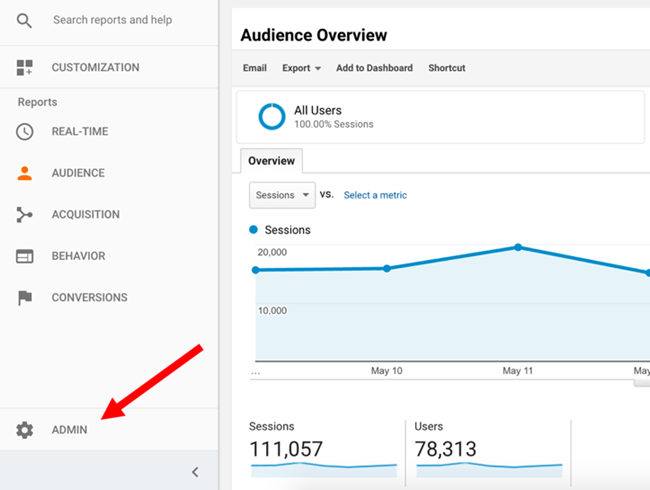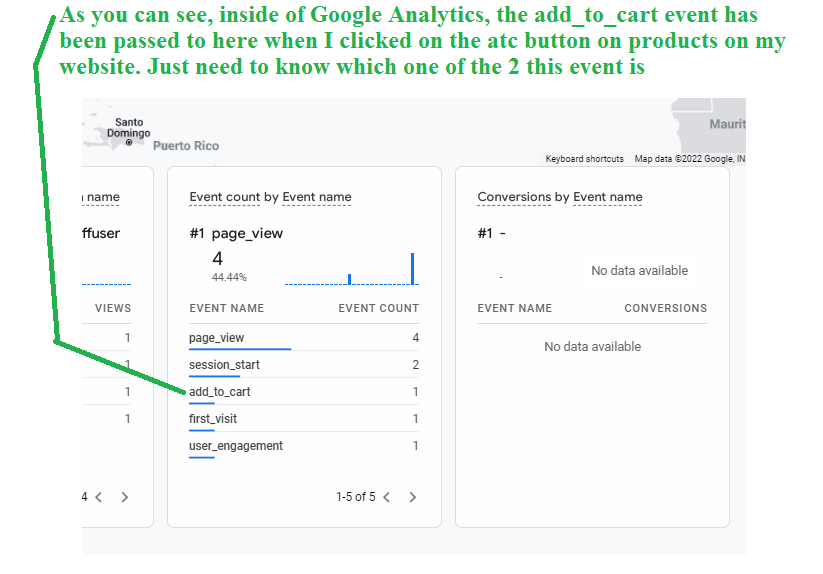How to Utilize Remarketing In Google Analytics for Your Service
Utilizing Remarketing in Google Analytics: A Comprehensive Guide
Utilizing remarketing in Google Analytics provides organizations a strategic side in getting to out to prospective customers. This overview will certainly lose light on the crucial steps included in harnessing the complete potential of remarketing in Google Analytics, leading to boosted advertising and marketing results.
Comprehending Remarketing in Google Analytics
Remarketing in Google Analytics permits companies to purposefully target individuals who have formerly communicated with their internet site or mobile application. By leveraging data from Google Analytics, companies can develop personalized remarketing lists based upon individual habits, such as web pages gone to, actions taken, or particular goals achieved. This effective tool allows businesses to re-engage with users who have actually revealed interest in their services or products, eventually raising the probability of conversion.
Recognizing the different kinds of remarketing strategies is vital for an effective campaign - What Is “Remarketing” In Google Analytics?. Google Analytics uses various choices, consisting of typical remarketing, vibrant remarketing, and remarketing lists for search ads (RLSA) Each type serves an unique objective and can be customized to satisfy certain advertising and marketing goals
Additionally, evaluating the efficiency of remarketing campaigns is crucial for maximizing outcomes. Google Analytics gives valuable understandings into the efficiency of various remarketing techniques, permitting businesses to make data-driven decisions and fine-tune their targeting technique. By continuously keeping track of and readjusting remarketing initiatives based on analytics data, companies can make the most of ROI and drive success in their advertising and marketing campaigns.
Setting Up Remarketing Campaigns

After setting up target market listings, the next step is to connect Google Analytics with Google Ads. By connecting these two platforms, companies can seamlessly move audience lists from Google Analytics to Google Advertisements for remarketing purposes. This assimilation permits even more accurate targeting and better campaign efficiency.
When the accounts are connected, services can create remarketing campaigns in Google Ads utilizing the audience provides previously defined in Google Analytics. These projects can be customized with details ad creatives, messaging, and bidding strategies to efficiently re-engage with previous site visitors and drive conversions. By adhering to these actions, services can leverage the power of remarketing to enhance their advertising initiatives and boost ROI.
Making Use Of Target Market Segmentation Techniques

Predefined sections in Google Analytics enable you to swiftly evaluate common audience groups like new users, returning customers, or individuals that completed a certain objective on your website. Custom-made segments, on the various other hand, enable you to develop one-of-a-kind sections based on specific requirements that are very important to your service objectives. visit the website Dynamic remarketing lists automatically readjust based upon user actions, showing personalized advertisements to users who have engaged with your site specifically methods.
Studying Remarketing Performance Metrics
Upon reviewing the effectiveness of remarketing campaigns in Google Analytics, the analysis of key performance metrics provides beneficial understandings into target market engagement and conversion rates. By diving right into metrics such as click-through rates (CTR), conversion prices, cost per procurement (CERTIFIED PUBLIC ACCOUNTANT), and return on advertisement spend (ROAS), marketing professionals can assess the success of their remarketing efforts. CTR suggests the portion of individuals that clicked the advertisement after seeing it, showing the ad's relevance and appeal. Conversion prices determine the percent of individuals that finished a preferred activity, such as buying, after clicking on the ad. CPA reveals the ordinary expense incurred for each conversion, aiding assess campaign earnings. ROAS, on the why not try here various other hand, quantifies the profits produced for every dollar spent on advertising and marketing. Evaluating these metrics allows marketing professionals to enhance projects, fine-tune target market targeting, and assign spending plans effectively to enhance total remarketing performance.
Optimizing Remarketing Strategies
When refining remarketing methods in Google Analytics, concentrating on audience segmentation is critical for achieving campaign success. By splitting your target market right into certain segments based upon their habits, demographics, or rate of interests, you can customize your advertisements much more successfully to each team. This targeted method increases the probability of engaging users that have actually currently revealed passion in your items or solutions, bring about greater conversion prices.
An additional essential element of optimizing remarketing strategies is constantly testing and refining your campaigns (What Is “Remarketing” In Google Analytics?). A/B screening different ad creatives, messaging, or offers can help you identify what reverberates official statement ideal with your audience and drives one of the most conversions. By assessing the efficiency of these tests in Google Analytics, you can make data-driven decisions to enhance your remarketing efforts even more
In addition, leveraging vibrant remarketing can substantially boost your project results. This function allows you to reveal individualized advertisements to customers based on their past communications with your site, showcasing services or products they have previously seen. By providing tailored material to customers based on their actions and passions, dynamic remarketing can aid raise engagement and drive conversions.
Final Thought
In final thought, harnessing remarketing in Google Analytics is a strategic strategy to target customers that have formerly engaged with a web site. By creating tailored target market lists and utilizing target market division strategies, organizations can optimize remarketing projects for boosted conversion rates. Evaluating performance metrics and continually enhancing approaches are essential for taking full advantage of the performance of remarketing efforts.
Google Analytics provides numerous choices, consisting of typical remarketing, dynamic remarketing, and remarketing lists for search advertisements (RLSA)After establishing up target market checklists, the following action is to link Google Analytics with Google Ads. By connecting these 2 platforms, companies can flawlessly move target market checklists from Google Analytics to Google Ads for remarketing purposes.As soon as the accounts are connected, services can create remarketing campaigns in Google Ads making use of the audience notes previously defined in Google Analytics.When refining remarketing techniques in Google Analytics, focusing on target market division is vital for attaining campaign success.